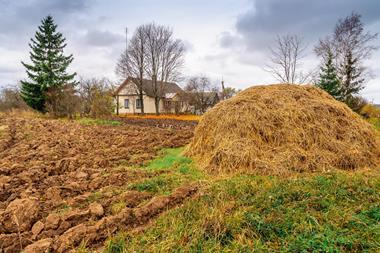Informatics tool helps researchers visualise complex toxicity datasets
To help predict and avoid designing toxic nanomaterials, researchers have created an informatics tool that can pull out and visualise key information from a large collection of complex nanomaterials research.
Nanomaterials are now common in commercial products such as clothing and cleaning agents, and the amount of research into potential adverse environmental and health effects has increased exponentially. However, there is no comprehensive way to compare, or visualise, this information that could help researchers find correlations between nanomaterial properties and their toxicity. As well as the sheer volume of information, different studies also often consider different experimental conditions and biological material, making it very difficult to compare data directly.
Now, Sandra Karcher at Carnegie Mellon University, US, and her team have designed N4mics, a tool that can visualise nanoparticle toxicity research on zebrafish stored in the Nanomaterial-Biological Interactions Knowledgebase. Karcher says: ‘We developed the tool as a testbed to demonstrate how data that are standardised and shared can be mined to create visual comparisons between nanomaterial types. These visualisations are then used to generate novel hypotheses about how the properties of those materials affect their toxicity potential.’
The team shows N4mics, which is available for public use, can mine data from 151 zebrafish studies; users can select data subsets such as nanomaterials with specific core structures, and then visualise the results by biological response or a combination of nanomaterial characteristics they are interested in. Karcher’s data mining indicated that toxicity most strongly correlates with nanomaterials’ shell components, rather than other properties such as size.
Vicki Grassian, an expert in nanoscience and its implications on health and the environment at the University of California San Diego, US, says: ‘This visualisation tool is a step forward in shedding some light on our understanding of structure-property-hazard relationships but not on the underlying mechanisms that are needed for understanding causes of the hazard.’
Karcher’s team is now working on identifying the best format for data collection so that they can design other tools that can answer more of these questions.
References
This article is free to access until 21 November 2016
S Karcher et al, Environ. Sci.: Nano, 2016, DOI: 10.1039/C6EN00273K












No comments yet